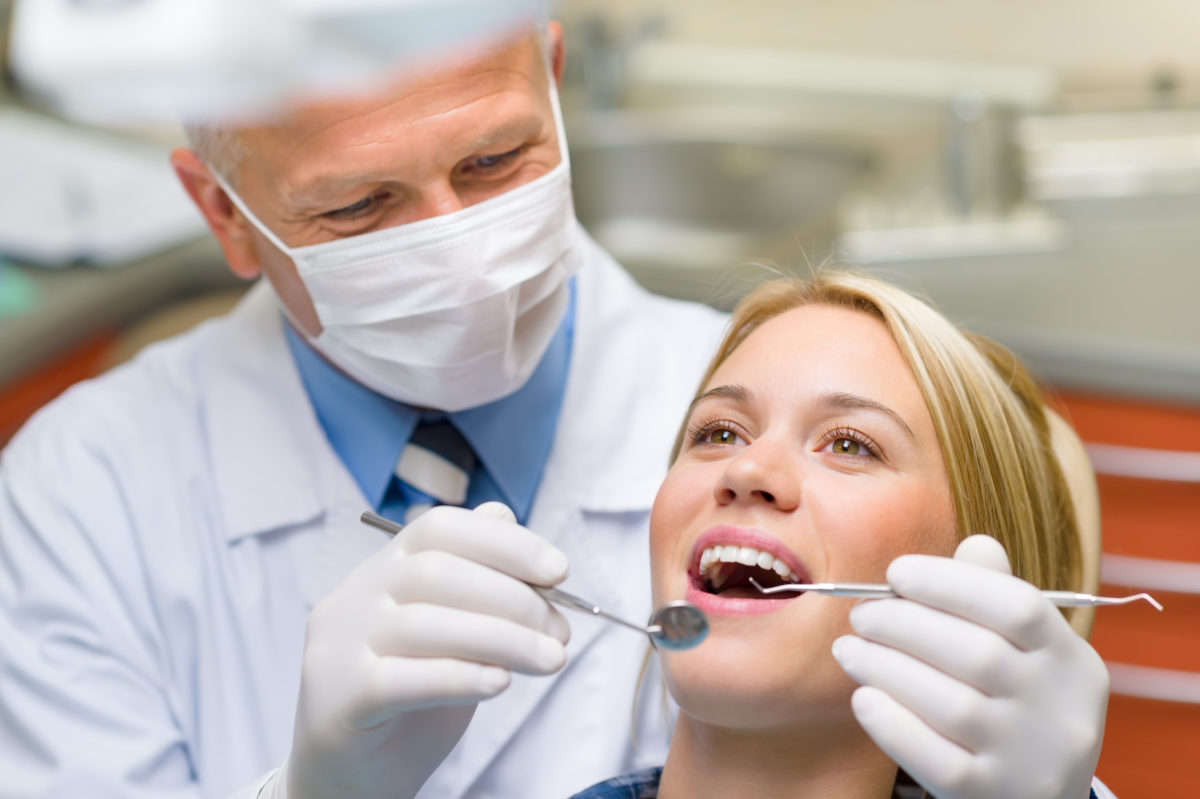5 Easy Facts About Legacy Orthodontics Described
5 Easy Facts About Legacy Orthodontics Described
Blog Article
The Basic Principles Of Legacy Orthodontics
Table of ContentsNot known Facts About Legacy OrthodonticsGetting The Legacy Orthodontics To WorkExcitement About Legacy OrthodonticsThe Single Strategy To Use For Legacy OrthodonticsThe smart Trick of Legacy Orthodontics That Nobody is Talking About
In addition, we use flexible treatment routines, flexible payment options and a fun, enjoyable experience.An orthodontist is a dentist trained to diagnose, avoid, and treat teeth and jaw abnormalities. They deal with existing problems and are educated to identify issues that may establish in the future. Orthodontists collaborate with individuals of every ages, from kids to grownups. Individuals typically connect an ideal smile with health.
Malocclusion, or misaligned teeth, can result in oral concerns, including tooth degeneration, gum tissue illness, and difficult or painful chewing. However not everyone is birthed with straight teeth. If you have a poor bite or huge areas in between your teeth, you may wish to seek advice from a dental professional concentrating on orthodontic care.
Some Known Factual Statements About Legacy Orthodontics
( Image Credit History: DigitalVision/Getty Images) Orthodontists make use of repaired and detachable dental tools, like braces, retainers, and bands, to transform the position of teeth in your mouth. Orthodontic treatment is for dental abnormalities, consisting of: Misaligned teethBite problems, like an overbite or an underbiteCrowded teeth or teeth that are as well far apartJaw misalignmentThe objective of orthodontic therapy is to boost your bite.
While you could believe of orthodontists as generally for kids or teenagers who need dental braces, they can remedy oral troubles at any type of age. Orthodontists go to college, dental college, and orthodontic college.
All orthodontists are dentists, but not all dental experts are orthodontists. Orthodontic residency programs use extensive, concentrated guideline for oral specialists. They focus on two areas: How to properly and safely move teeth How to correctly direct advancement in the teeth, jaw, and faceOnce an orthodontist has completed training, they have the alternative to end up being board certified.
Legacy Orthodontics Can Be Fun For Anyone
Imbalance, or malocclusion, is the most common reason individuals see an orthodontist. It is hereditary and is the outcome of size distinctions between the top and reduced jaw or between the jaw and teeth. Malocclusion leads to tooth overcrowding, a twisted jaw, or uneven bite patterns. Malocclusion is usually treated with: Your orthodontist attaches steel, ceramic, or plastic square bonds to your teeth.
Some people need a headwear to help move teeth into line with stress from outside the mouth. A retainer is a custom-made gadget that keeps your teeth in place.
They're usually utilized on kids. They can create extra area in the mouth without needing to draw teeth. If you have a serious underbite or overbite, you could need orthognathic surgery (likewise called orthodontic surgical treatment) to extend or shorten your jaw. Orthodontists use wires, medical screws, or plates to support your jaw bone.
You might need to see an orthodontist if you have: Crowding or not adequate area for all of your teethOverbite, when your top teeth come over your bottom teethUnderbite, when your bottom teeth are also much forwardSpacing or concerns with gapsCrossbite, which is when your top teeth fit behind your base teeth when your mouth is closedOpen bite or an upright gap in between your front base and upper teethMisplaced midline, when the facility of your base and top teeth don't align Correcting a dental malocclusion can: Make biting, chewing, and speaking easierImprove the symmetry of our face and your overall appearanceEase pain from temporomandibular joint problemsDifferent your teeth and make them much easier to clean, helping avoid dental caries or cavities It's typically a dentist that first notices misaligned teeth during a routine test.
Not known Facts About Legacy Orthodontics

Throughout your very first orthodontic appointment, you'll likely have: An oral examPhotos taken of your face and smileDental X-raysPanoramic (360 degree) X-rays of your face and headImpressions to develop molds of your teethThese tests will aid your orthodontist know just how to wage your therapy. orthodontics. An orthodontist is a dental practitioner that's had training to browse around this site treat your teeth and jaw
An orthodontist is focused on your bite, so something like a damaged tooth would be dealt with by a dentist. Orthodontists are concentrated on your bite, or the way your teeth fit together, and the straightness of your teeth.
Ever before questioned how celebs always seem to have completely aligned teeth? Orthodontists are oral specialists who concentrate on dealing with abnormalities in the teeth and jaws.
The Greatest Guide To Legacy Orthodontics

While dental braces are one of the most typically recognized orthodontic therapy, orthodontists have a diverse toolkit at their disposal. The details strategy selected depends on the seriousness of the situation, the client's age, and specific preferences. These tried-and-true braces make use of a system of brackets bound to the teeth and connected by cords.
These removable trays are custom-made to progressively change the teeth's setting. In cases of slim jaws, palatal expanders can be used to develop space for proper tooth alignment.
Report this page